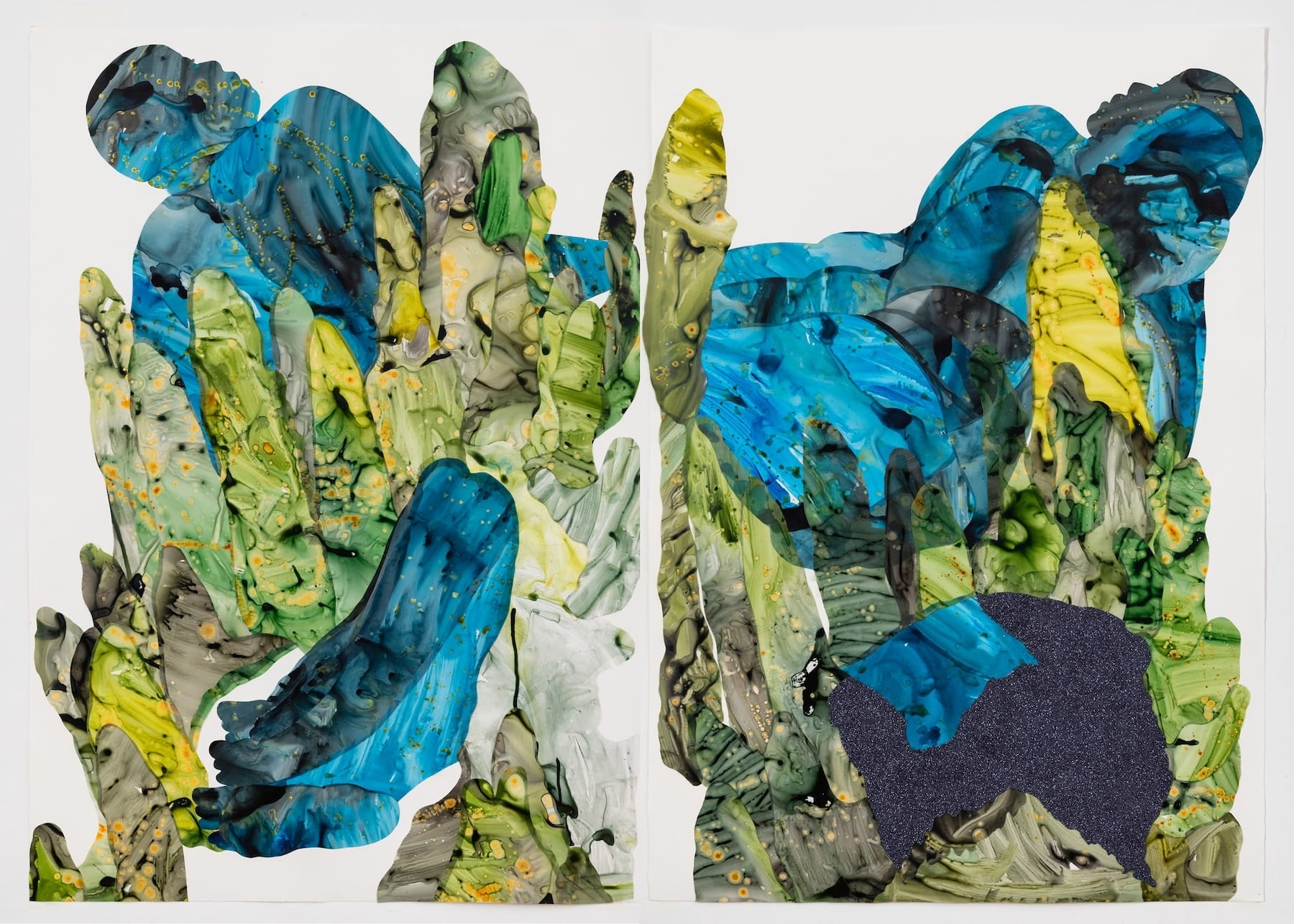The late Dame Zaha Hadid was celebrated as one of the foremost female architects of our era. Within a field traditionally dominated by men, Hadid shattered barriers, becoming the first woman to win the distinguished Pritzker Prize and the RIBA Stirling Prize, the UK’s top architecture award. These accolades are a mere reflection of her significant contributions to the arts, which also earned her a DBE title.
Growing up in Iraq in a family of well-educated individuals, Hadid was encouraged to explore the world and draw inspiration from diverse architectural styles, all supported by her parents.
In the 1960s, Iraq emphasized nation-building and identity, leading to a surge in architectural progress that Hadid experienced firsthand. With her father being a prominent politician, she gained an early awareness of the cultural revolutions shaping her homeland. The geological features of Iraq and elements of Middle Eastern cultures also significantly influenced her work, especially Arabic calligraphy that inspired her flowing, curved designs, earning her the nickname “Queen of Curves.”
The technological advancements during her lifetime transformed her approach to architecture, enabling her to experiment far beyond traditional geometric constraints and explore a new expressive identity in her designs.
This innovation is prominently showcased in her renowned London Aquatic Centre, built for the 2012 Olympics and subsequently dismantled. Designed to accommodate over 15,000 spectators, the centre exemplified parametric design; Hadid utilized technology to manipulate conventional materials like concrete and glass, resulting in an organic, fluid form that resonates with the building’s aquatic purpose.
With its wave-like undulations, the centre transcended the typical sterile swimming facility, reflecting the sport’s essence and inviting a broader audience. Hadid aimed to challenge the elitist notion that aesthetically pleasing spaces, like opera houses and museums, should cater only to a select few. Her philosophy emphasized immersive experiences within architectural spaces, not merely the contents they house.
This flowing design also mirrored the chaos of modern life while celebrating the dynamic cultural landscape of London, where diverse perspectives converge. Furthermore, its adaptable forms were designed for easy deconstruction, promoting environmental sustainability and enhancing harmony with nature.
However, the project faced criticism for its hefty £269 million cost. Nonetheless, the British government’s willingness to invest such resources in Hadid reflects her significant role in the UK as both an architect and a citizen.













